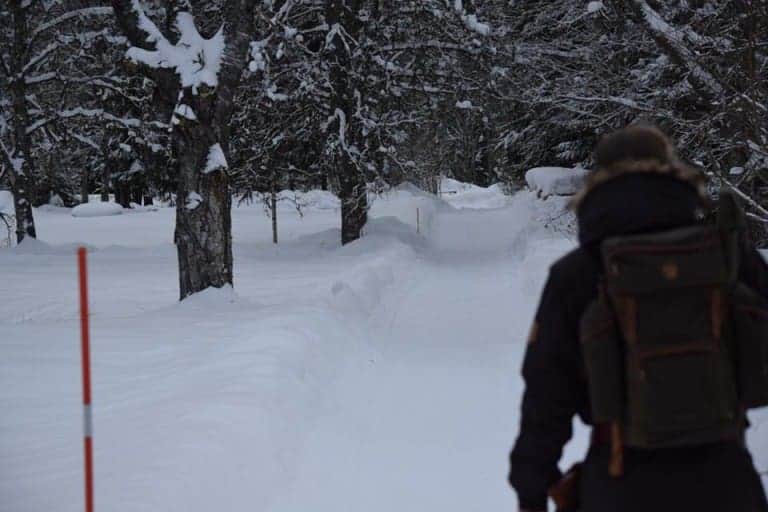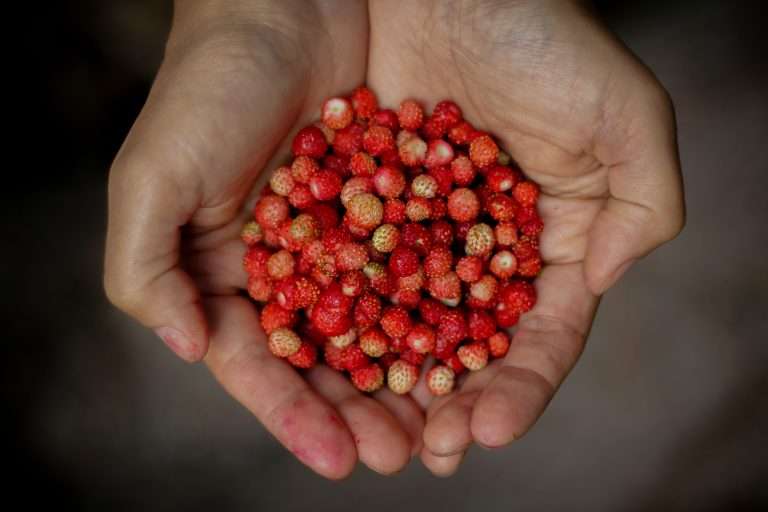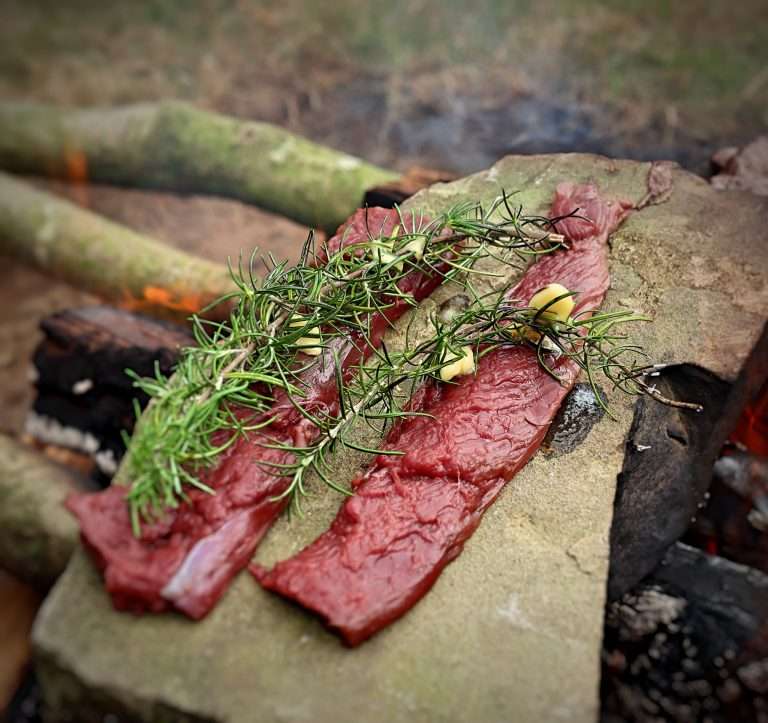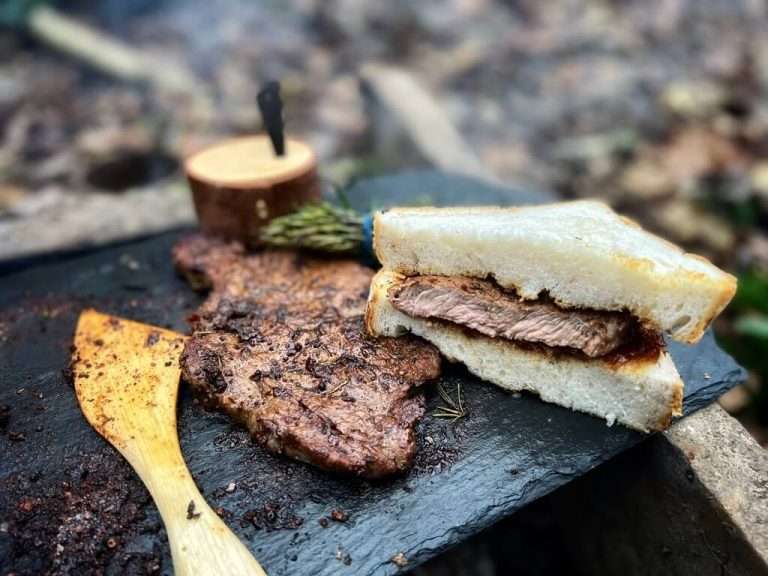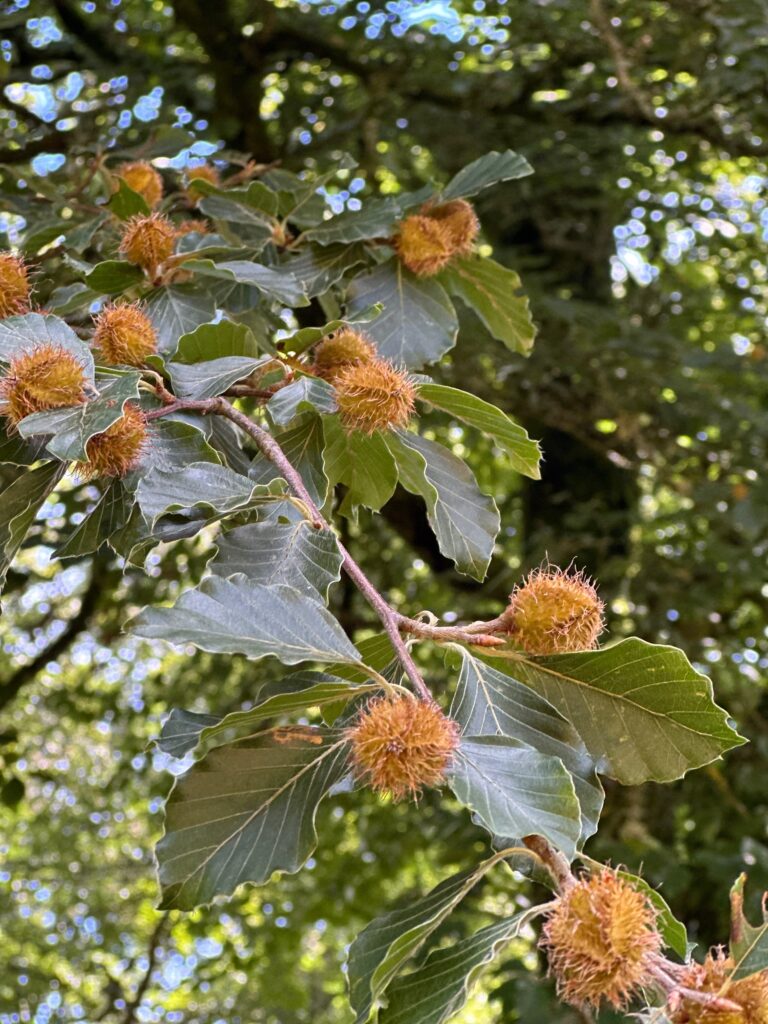Autumn Foraging
We all have the capacity to feed ourselves from our natural environment – we’ve just lost track of how. Fallen leaves and bare hedgerows can suggest there’s nothing good to eat in the autumn landscape, but actually the autumn world is full of amazing food. Here’s how to discover it.
Begin with an expert forager
Learning to forage requires some skills and quite a lot of experience – you can’t do much better than finding an expert forager and taking a course with them. This doesn’t just teach you what’s good to eat, it helps you to harvest from the wild sustainably, so that you don’t damage the environment where you are foraging. A good bushcraft course will set you on the path to having some very productive time in the wild, with a good meal at the end of it!
Focus on autumn foraging
Funnily enough, autumn can be the easiest time to discover delicious food in the wild. Wild mushrooms, ripe fruits, nuts and berries all abound and can be the most recognisable introduction to foraging.
Get social
Foraging is fun. Working together as a group means that you can pass on your new bushcraft skills to others, perhaps helping children to develop the ability to spot food in the wild so that they grow up with the ‘skill’ of finding a meal in the natural environment. Taking a bushcraft course is another great way to develop both your foraging and your social skills and whilst finding a solo meal in the wild is rewarding, harvesting, preparing and eating one as part of a group is really enjoyable!
Feed your senses – foods to forage in autumn
Autumn foraging brings very rich and developed flavours such as bullace and damsons, rich yet tart plum-type fruits that have intense flavours: whilst not great to eat raw, both fruits make amazing jam or fruit cheese and great wine.
- Blackberries are the easiest thing for most of us to recognise – and can be eaten raw, cooked with other fruits like autumn apples, turned into jam or jelly or made into wine.
- Rose hips are easy to spot but not so easy to harvest! Best taken after a frost when they become sweeter, you will need to wear gloves to pick them and the interior hairs need to be removed before consumption. Rose hips make beautiful syrup and jelly.
- Crab apples are pectin rich and can be used to support less pectin-rich fruit in making jams and jellies from other autumn fruits such as blackberries, rowan berries and rose hips.
- Nuts from walnuts to cobnuts are all available, although you may have to pit your wits against the grey squirrel community to harvest them.
- Mushrooms are a real test of foraging skill! It takes a lot of practice to forage fungi with confidence and it’s not a habit that beginners should get into. Whilst we have amazing native wild fungi such as blewitts, boletes, ceps, parasols and wax caps, all available in autumn, only an idiot would head out into the countryside armed with a book and not much else, to try and judge if a mushroom is tasty or fatal!

